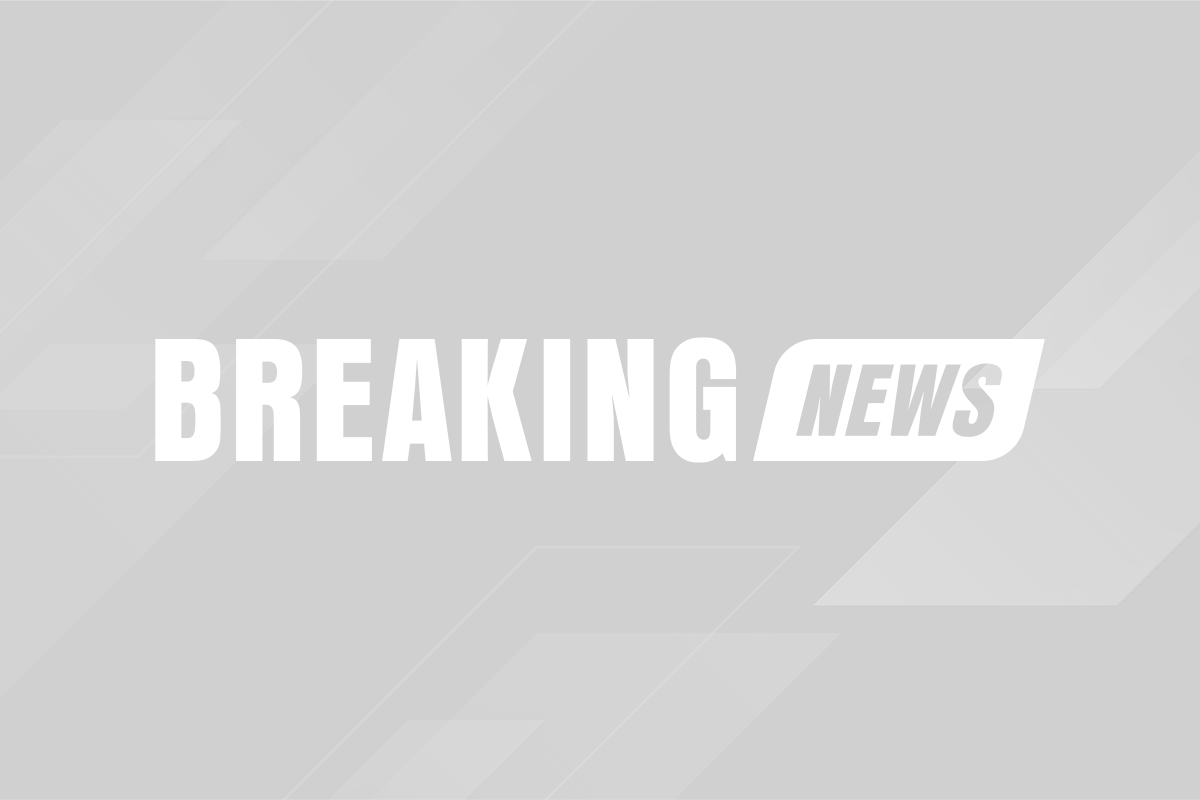
Las Vegas Embraces Formula 1: A Milestone for the City
Las Vegas recently celebrated the inaugural Las Vegas Grand Prix, a spectacle that not only thrilled fans but also significantly impacted the city’s economy. Held during the typically slow revenue period before Thanksgiving, the event proved to be a financial juggernaut, securing its place in the records as the most financially successful weekend in the city’s vibrant history.
An Economic Powerhouse
In terms of economic impact, the Las Vegas Grand Prix left an indelible mark, contributing a staggering $1.5 billion to the local economy. The event also managed to generate $77 million in tax revenue. For a city accustomed to hosting massive events, the financial boon of the Grand Prix was unprecedented. Of the tax revenue generated, $22 million was strategically invested into the local school system, illustrating the community-centered approach of the race organizers.
In comparison, the economic impact of Super Bowl LVIII was slightly lower, contributing $1 billion to Las Vegas with $33.6 million in tax revenue. This comparison highlights the Grand Prix's exceptional ability to draw crowds and capital to the city.
Renee Wilm, CEO of Las Vegas GP, encapsulated the community's sentiments, stating, "We've seen such a turnaround in local sentiment. It has absolutely hit home with locals that we are creative. We're here to stay. We're here to be part of the community and to give back both economically as well as in other qualitative ways."
Racing Thrills and Challenges
On the track, Max Verstappen took the win, etching his name into the history books as the first winner of the Las Vegas Grand Prix. Despite the win, Verstappen did not shy away from candidly sharing his thoughts about the track, stating, "Last year the racing was very exciting, there was a lot of racing going on, a lot of straights, it's good for overtaking…the shots are amazing, you know, driving on the Strip."
The race was not without its challenges. Cooler November temperatures posed a challenge for tire performance, and Carlos Sainz's Ferrari faced an unexpected hurdle when a loose drain cover caused damage.
Infrastructure and Community Impact
Formula 1's commitment to Las Vegas is evident in their investment in infrastructure, notably the construction of a permanent paddock facility. This investment reflects the series’ long-term vision for racing in the city.
Furthermore, the second-year Grand Prix saw immense interest, with zones such as general admission, Wynn Grid Club, and the main grandstand selling out. Steve Hill, CEO and president of the Las Vegas Convention and Visitors Authority, commented on this, expressing optimism in the balance the event struck between various stakeholders, "It needs to work for everybody. It needs to work for the businesses, the sponsors of the race, the resort community, and it needs to work for the community itself. This year I think we are much closer to that balance than we were last year."
A Strategic Market for Growth
The successful Grand Prix highlighted Las Vegas as a strategic market for growth in Formula 1's plans. As Renee Wilm pointed out, "We have many objectives. We still believe it's our key strategic growth market." Despite the challenges of timing and release, the event proved to be a last-minute market success. Wilm affirmed, "Yes, we're seeing very much what we expected. This is a very last-minute market, and we did not go on sale as early as we did in Year 1."
In conclusion, the Las Vegas Grand Prix was more than just a thrilling race; it was a testament to the city’s resilience and adaptability, a shining example of how sports can serve as a powerful economic engine while fostering community involvement. As the city looks to the future, the Las Vegas Grand Prix stands as a beacon of potential, ready to rev up both the engines of race cars and economic prosperity.